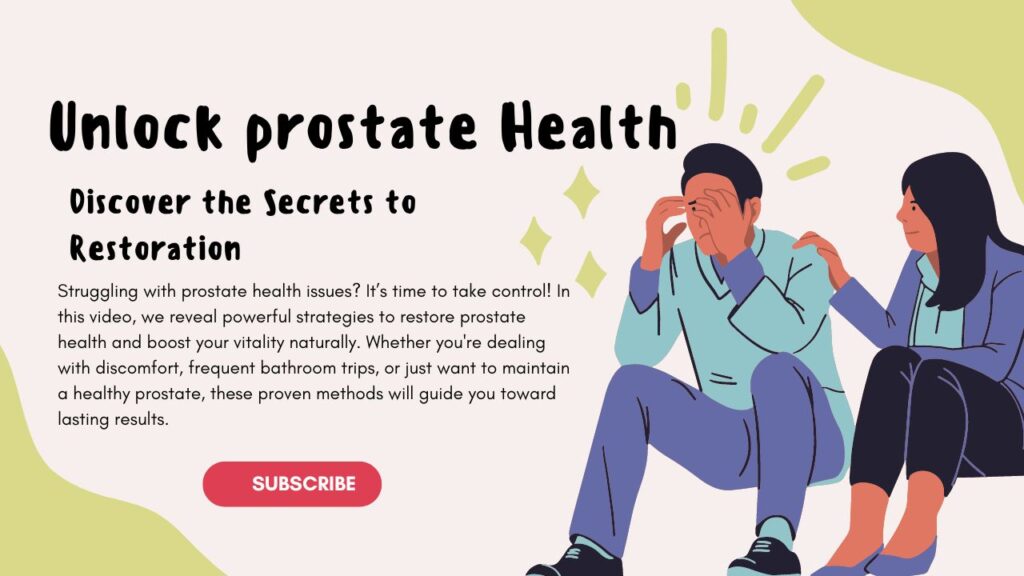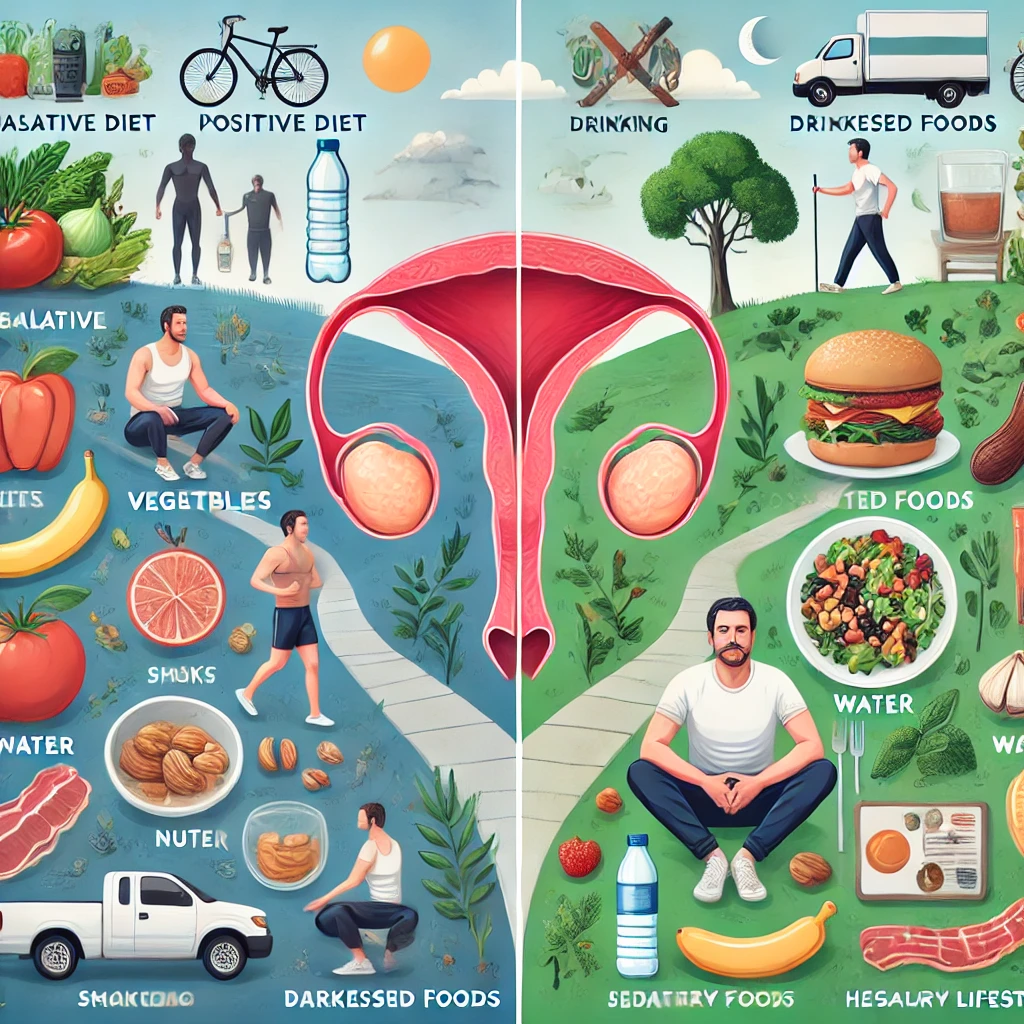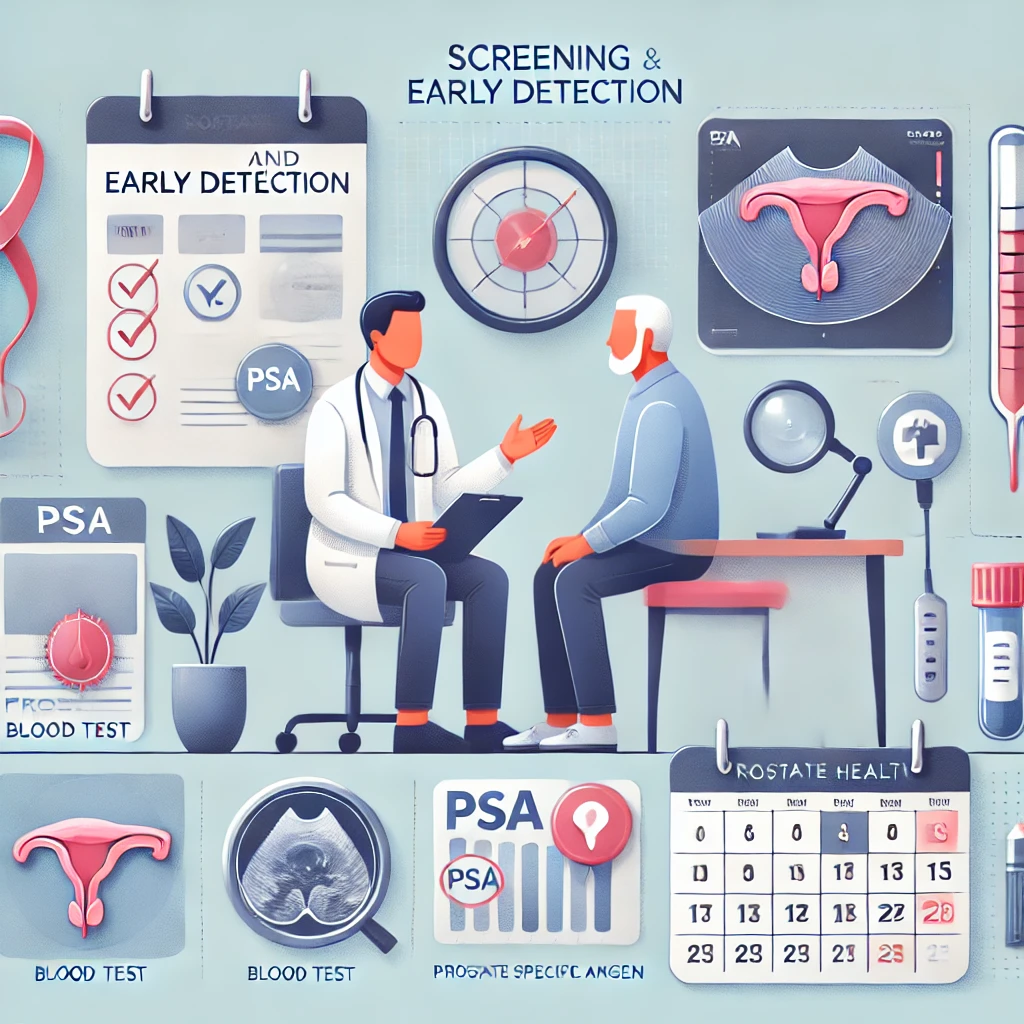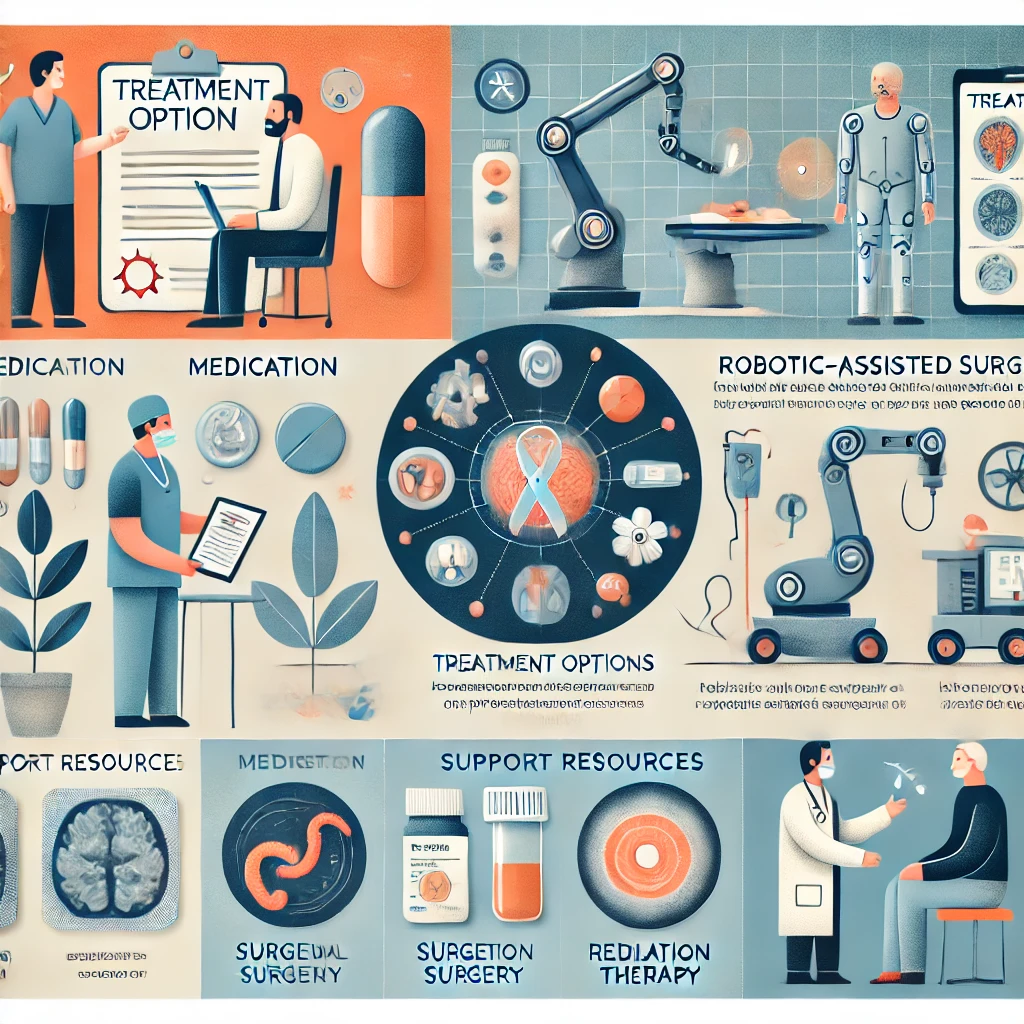This post may include affiliate links, meaning I could earn a commission if you purchase them. I only recommend products that I have personally used and trust! For more details, please visit my Privacy Policy page.

Understanding Prostate Health
The prostate is a small, walnut-shaped gland that plays a crucial role in the male reproductive system. It is located just below the bladder and surrounds the urethra, the tube through which urine and semen exit the body. The primary function of the prostate is to produce a fluid that nourishes and transports sperm during ejaculation, forming a significant component of semen. Understanding prostate health is essential, as it significantly affects men’s overall well-being, particularly as they age.
Common prostate conditions can impact men in different ways. Benign Prostatic Hyperplasia (BPH) is a non-cancerous enlargement of the prostate gland that is prevalent among older men. It can lead to uncomfortable urinary symptoms, such as frequent urination, urgency, and difficulty starting or stopping urine flow. Prostatitis, an inflammation of the prostate, can cause pain and urinary symptoms, and it may result from bacterial infection or other non-infectious factors.
Prostate cancer Download FREE e-book here is another significant health risk that men face, particularly those over the age of 50. Symptoms can be subtle in the early stages, which often leads to late diagnosis when the disease becomes more difficult to treat. Routine screenings, such as prostate-specific antigen (PSA) tests, are critical for early detection and management of prostate health issues.
Age-related changes in the prostate should also be monitored diligently. As men age, the prostate may gradually increase in size, which can lead to conditions such as BPH. Awareness of these changes and their implications is vital for maintaining prostate health and ensuring a good quality of life. Regular medical check-ups and discussions with healthcare professionals play a key role in understanding and maintaining prostate health.
Lifestyle Factors Affecting Prostate Health

Prostate Health Download Fre e-book here is significantly influenced by several lifestyle choices that men make daily. Among these, diet plays a foundational role. A balanced diet of antioxidants, omega-3 fatty acids, and fiber can substantially benefit prostate well-being. Foods such as tomatoes, rich in lycopene, have been shown to support prostate health. Similarly, fatty fish, like salmon and mackerel, provide essential omega-3 fatty acids that may help reduce inflammation. Additionally, whole grains, fruits, and vegetables can enhance fiber intake, contributing to overall health.
Weight management is equally critical, as obesity is linked to an increased risk of prostate issues. Striving to maintain a healthy weight through a combination of proper nutrition and regular physical activity is essential for reducing the risk of prostate health problems. Engaging in moderate-intensity exercise like brisk walking or swimming for at least 150 minutes per week can positively impact prostate health by improving circulation and minimizing body fat. In contrast, inactivity may elevate the likelihood of developing prostate complications.
Moreover, lifestyle habits such as smoking and alcohol consumption can also detrimentally affect prostate health. Smoking has been associated with a higher risk of aggressive forms of prostate cancer, while excessive alcohol intake may contribute to inflammation and negatively impact overall health. Therefore, limiting alcohol consumption to moderate levels and avoiding smoking are vital measures for maintaining prostate health.
By adopting a lifestyle focused on a nutrient-rich diet, regular exercise, and avoiding harmful habits, men can proactively enhance their prostate health. These actionable tips can serve as a roadmap for healthier choices, ultimately supporting long-term prostate wellness.
Screening and Early Detection

Regular screening for prostate health is an essential aspect of preventive healthcare for men. Prostate cancer remains one of the most prevalent types of cancer among the male population, making early detection critical in improving treatment outcomes and reducing mortality rates. The primary screening tests are prostate-specific antigen (PSA) and digital rectal exam (DRE). Each of these tests plays a significant role in identifying potential issues in the prostate at an early stage. Download e-book here
The PSA test measures the level of prostate-specific antigen in the blood. Elevated levels may indicate the presence of prostate cancer or other prostate conditions, prompting further investigation. On the other hand, the DRE involves a healthcare provider manually examining the prostate by inserting a finger into the rectum to assess its size, shape, and consistency. While not as frequently utilized as the PSA test, the DRE can still provide valuable information regarding prostate health.
Guidelines for when to begin screening vary based on individual risk factors, such as family history, age, and ethnicity. Generally, men should consider having their first PSA test between 50 and 55. However, those with a family history of prostate cancer, especially among first-degree relatives, may be advised to commence screening earlier—typically around 40 to 45 years of age.
Despite the clear benefits of screening, fears, and misconceptions often deter men from seeking these vital tests. Concerns may relate to the discomfort associated with the DRE or anxiety about a potential cancer diagnosis. It is important to understand that early detection of prostate cancer significantly increases the chances of successful treatment. Timely screening can detect hidden conditions that may otherwise progress to severe stages without symptoms, underscoring the necessity of proactive health management.
Treatment Options and Resources for Prostate Issues

Prostate health is paramount for men, especially as they age. A variety of treatment options are available for managing prostate-related issues, including lifestyle modifications, medication, and surgical interventions. Each approach has its own effectiveness, potential side effects, and considerations influencing the treatment choice.
Lifestyle modifications often serve as the first line of defense for prostate health. A balanced diet rich in fruits, vegetables, and healthy fats can help mitigate symptoms associated with benign prostatic hyperplasia (BPH) and other prostate conditions. Regular physical activity is also crucial, as exercise can alleviate urinary symptoms and improve overall well-being. Furthermore, reducing stress through mindfulness techniques can positively influence prostate health.
Medication is another viable option for individuals experiencing prostate complications. Alpha-blockers, for example, relax the muscles around the prostate and bladder neck, making urinating easier. 5-alpha reductase inhibitors can also be prescribed to reduce the size of an enlarged prostate. However, these medications may exhibit side effects such as fatigue, dizziness, or decreased libido, which should be discussed thoroughly with a healthcare provider before commencing treatment.
Surgical interventions might be necessary for more severe cases where conservative measures are inadequate. Procedures such as transurethral resection of the prostate (TURP) and laser therapy can effectively relieve symptoms, though they entail risks of complications like bleeding or infection. Patients need to weigh the efficacy of these surgeries against their potential side effects.
Patient education and open communication with healthcare providers are vital components of managing prostate health. Understanding treatment options, advantages, and pitfalls allows individuals to make informed decisions about their care. Various organizations and online resources dedicated to prostate health offer valuable support and information, empowering men to take an active role in their prostate care. Engaging with these resources can foster community and encourage ongoing learning about prostate health.
This post may include affiliate links, meaning I could earn a commission if you purchase them. I only recommend products that I have personally used and trust! For more details, please visit my Privacy Policy page.

Leave a Reply